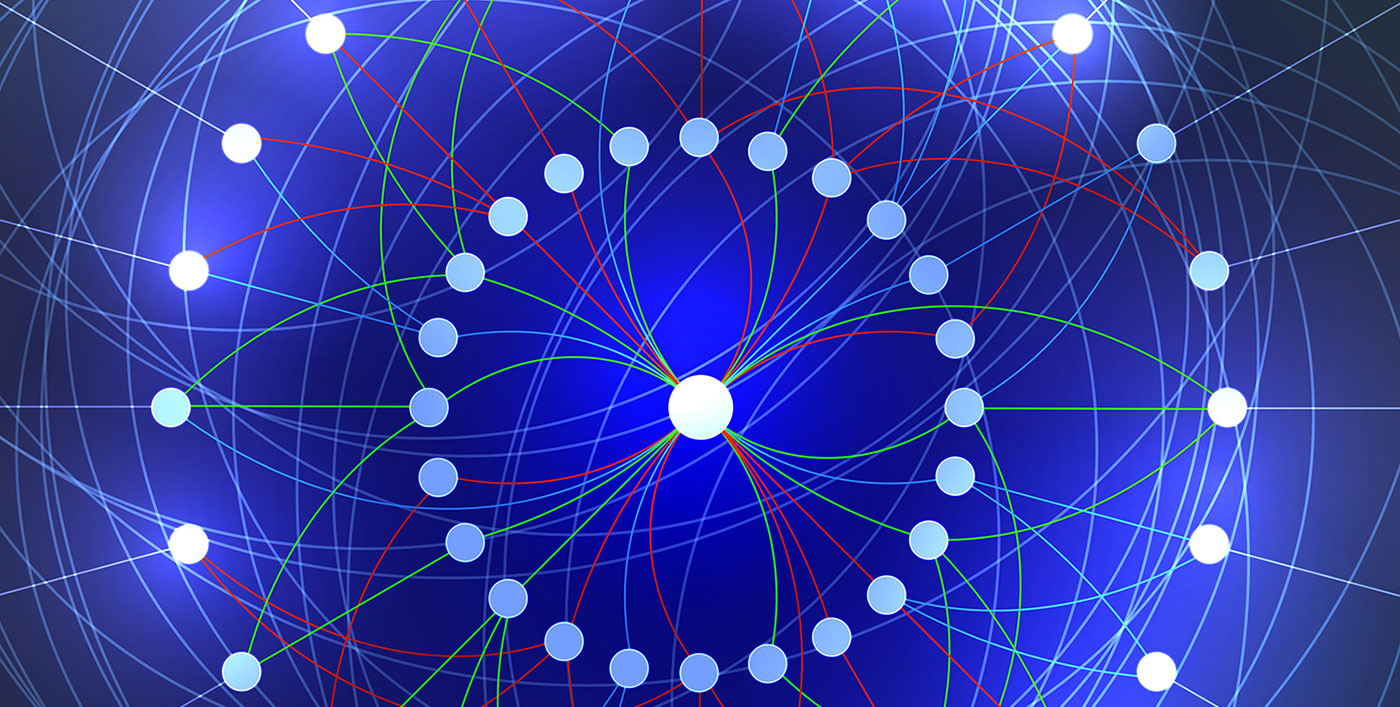
In separate projects, research teams based in Spain and Germany are using signal processing to help develop new ways of creating distortion-free brain imaging and detecting deceptively fake photographic images.
More than meets the eye
At Spain’s University of Malaga (UMA), researchers have developed an artificial intelligence (AI) method for enhancing brain images obtained via magnetic resonance imaging. The new model has the potential to increase image quality from low resolution (LR) to high resolution (HR), without distortion, by using a deep learning artificial neural network (NN)-a model that’s based on the functioning of the human brain. In fact, deep learning is based on very large NNs, a technology that has the capacity to learn at rates approaching brain-level complexity and abstraction, says Karl Thurnhofer-Hemsi, a project team researcher and study coauthor.
Most importantly, the research has the potential to significantly enhance the overall quality of 3D magnetic resonance images (3D MRIs), observes Ezequiel López-Rubio, a professor of computer science and AI at UMA and the study coauthor. This is of considerable clinical importance for two reasons, he adds. “MRI acquisition devices require that the patient stays still for a long time while the image is acquired,” López-Rubio says. The higher the required image quality, the longer the patient must remain in the machine. “This is cumbersome for patients whose conditions make it difficult to undergo such tests, and it also reduces the number of tests that can be carried out by a machine,” he notes. “Any procedure like ours that increases the quality of the MRI after the image has been acquired helps relieve these inconveniences.”
The project’s ultimate focus is to offer a way to superresolve 3D MRIs. To reach this goal, the image’s spatial resolution is increased, allowing the level of detail to be significantly enhanced. The approach works on top of a base superresolution method called super-resolution convolutional neural network 3D (SRCNN3D), a deep CNN. Other types of deep learning NNs could also be used, López-Rubio says.

